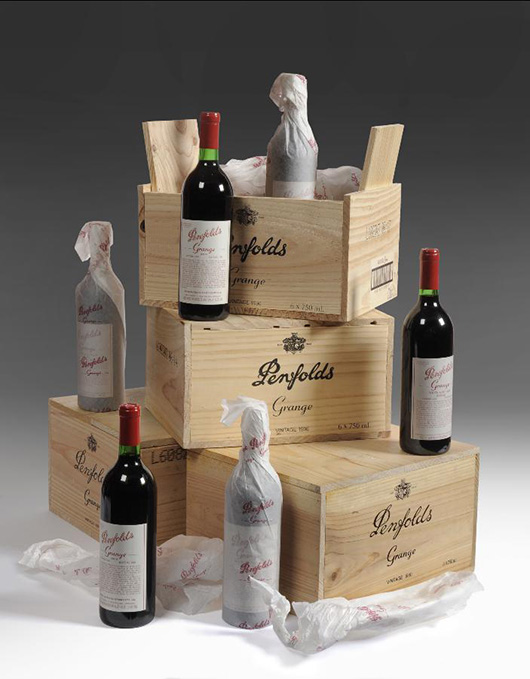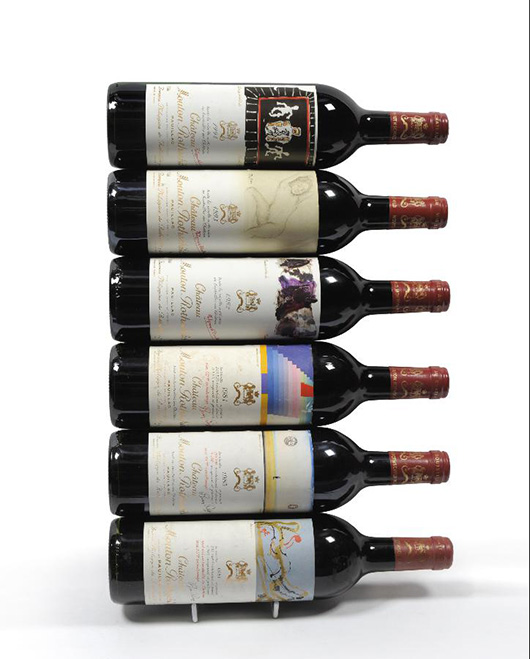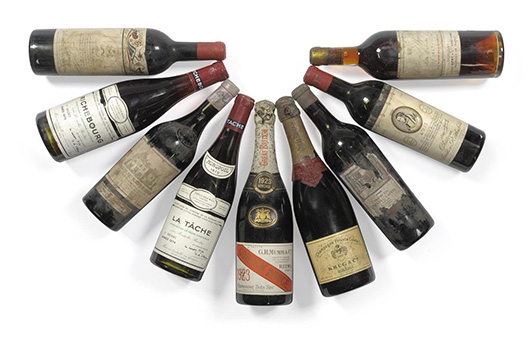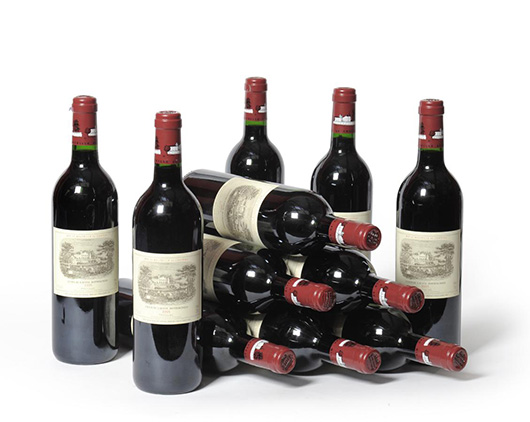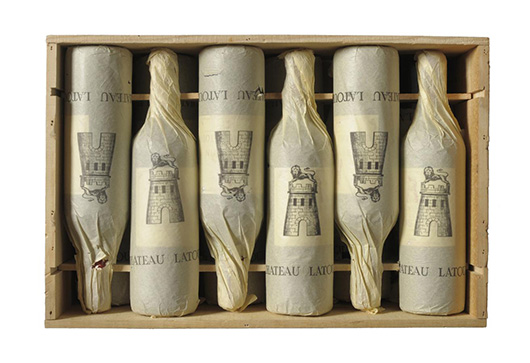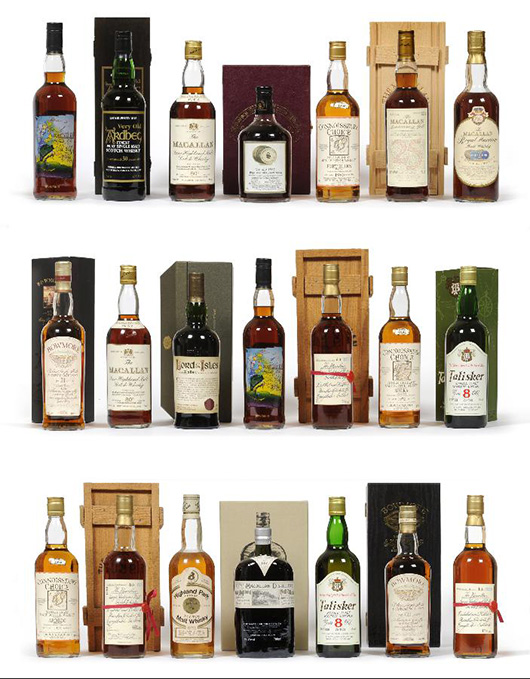
LONDON – Like it or not, it’s time to get into the festive spirit again. But if you’re not yet in the mood and haven’t even begun to think about all those presents you have to buy, pour yourself a glass of something and relax. I spoke to Mark Littler, who is the wine and whisky specialist at Leyburn, North Yorkshire, auctioneers Tennants. His remarks make sobering reading.
He reckons the market for whisky, cognac, gin and rum is currently booming and, in his opinion, still very much in its infancy. In contrast the wine market, now well established, is at an interesting point in its history.
Recent shake-ups in the supermarket sector have made great quality wine available to a much wider audience. This is the Christmas where you can pick up a seriously good bottle of wine from £10, but if you know your Burgundy from your Bordeaux and your Champagne from your Asti, the auction saleroom is a great place to buy – and sell – your festive tipple.
Mark explained that Bordeaux in southwestern France is synonymous with great quality wine and is steeped in history. Wine has been made there since Roman times and following the rising of the Visigoths from Germany, the tradition of wine making was preserved by the Christian Church. Bordeaux wine (or Claret) must be made from varieties of the Cabernet vine (Cabernet Sauvignon and Cabernet Franc), Carmenere, Merlot, Malbec and Petit-Verdot.
The region is divided by the Garonne River and the vineyards are classified as either Left Bank or Right Bank depending on their position along the river. Left Bank producers, or chateau, use Cabernet Sauvignon as the dominant grape, while the Right Bank favors Merlot.
Largely as a result of the desire by newly enriched Chinese businessmen to purchase “trophy” cellars, the Bordeaux market has benefitted from strong demand over the last five years. Private sellers soon began to offer what are known as “verticals” for the various Bordeaux chateaus.
A vertical is created when a seller offers a consecutive run of vintages from a particular chateaux in one lot, for example the 64 bottles of Chateau Lafite Rothschild running consecutively from 1945 to 1998 sold at Christie’s in Hong Kong for £78,973 in 2012. Once these types of lots became common place, it didn’t take long for the super-rich to fill their cellars.
Once their perfect Bordeaux cellars had been achieved, attention switched to wines from the 42 villages that make up the Burgundy region, notably Chablis, the Cote d’Or and Beaujolais. Chablis wines are produced solely from the Chardonnay grape and are often aged in oak barrels to give the wine a fuller flavor.
The Cote d’Or is responsible for producing some of the most expensive and famous red wines from the Pinot Noir grape, while the Beaujolais area produces wine with the very light tasting black Gamay grape and is often best drunk young. According to Mark, unlike most other red wines, it really does help to quench your thirst.
The title Grand Cru designates the highest quality and is produced from only 2 per cent of Burgundy’s vineyards and is followed by Premier Cru wines, which are also produced from specific vineyards
Next on the scale are blended village wines, produced by grapes grown around the name of the village identified on the label, while regional wines are made from blends within the Burgundy region.
With a much smaller crop yield and previously limited demand – British wine critics have been notoriously Bordeaux-centric over the past 50 years – Burgundy is sitting at the top of many buyers’ checklists. This was evidenced in October when Sotheby’s Hong Kong sold a 114-bottle lot of Romanée-Conti for more than £1 million.
Although those who invested prior to the mid 2000s have a strong chance of seeing a healthy return, gone are days of simply buying on the advice of your merchant and selling later for profit. The investor in 2014-5 needs to be shrewd and calculating, spending time researching the market thoroughly.
When it comes to selling a collection, it is important to be aware that prices achieved on the secondary market are never going to reach the same level as retail. As a general rule, Mark reckons you should expect 65-80 per cent of the retail price, depending on desirability and condition.
French wines dominate both the primary and secondary markets. Walk into your local merchants and the bulk of their stock will be French. Although reviews may be incredible for Italian or Australian wine, their desirability on the secondary market is unlikely to be as high.
The power that wine critics exert over the price of your wine is best evidenced in the 100 point score system used by Robert Parker and his Wine Advocate team. The perfect 100 point score typically results in an instant upward shift in price, a recent example being Chave’s 2003 Hermitage Cuvée Cathelin.
In January, it was trading for £1,586 a bottle on Wine-Searcher, yet after receiving the perfect score from Robert Parker, its price rose to £3,318 a bottle.
Mark recommends the online wine trading platform Livex as the best way to monitor price trends. Their Livex 100 index, referred to as the “fine wine industry’s leading benchmark” by Reuters, monitors the change in price movement of 100 of the most sought-after fine wines for which there is a strong secondary market.
For anyone looking to buy or sell wine at auction, here are his top three tips:
- Choose an auctioneer licensed to sell alcohol. Numerous others are breaking the law by selling wines and whisky without a premises or personal license.
- Sell through an auctioneer who has standalone wine and whisky sales. Tennants sends out more than 300 catalogs to a dedicated mailing list and catalogs can be found on specific websites.
- The buyer typically has no rights over wines purchased at auction if it turns out to be dead or corked. This contrasts with purchases from a merchant from whom you can expect a full and immediate refund or store credit. As a result the prices buyers are prepared to pay at auction take this into account.
Of course a reputable auction house will advise on the condition or risk involved in any of their lots prior to bidding.

ADDITIONAL IMAGES OF NOTE
